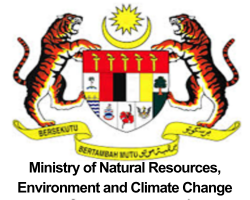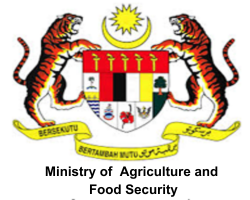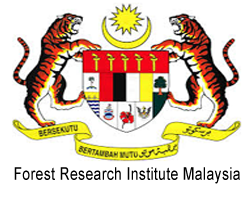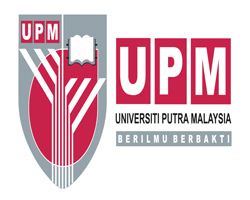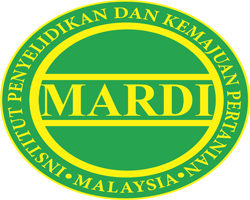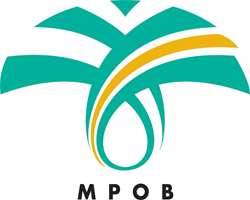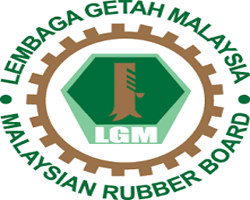Gobbett, D. J. (1973) Carboniferous and Permian correlation in Southeast Asia. Bulletin of the Geological Society of Malaysia, 6. 131-142.. ISSN 2637-109X
Full text not available from this repository.Abstract
Middle and lower Upper Carboniferous (Hercynian) earth movements affected most of Southeast Asia and divide its later Palaeozoic history into three. The Prehercynian Lower Carboniferous is usually conformable with the Devonian with which it is strongly folded. Neritic and deeper water sediments, dated by Dinantian fossils, are known from the Annam Cordillera, Tonkin, Thailand and West Malaysia. Bashkirian, Moscovian and Gzhelian marine rocks have a more restricted distribution because of Hercynian tectonism and uplift. Faunas of this age are known from north central Thailand, Karen State in Burma, West Malaysia and West Sarawak, but the fusuline faunas of Indochina include no certain Middle Carboniferous species. The extensive Posthercynian limestones are transgressive. They include late Carboniferous (Triticites Zone) strata in north Indochina and perhaps locally in West Malaysia, but elsewhere are entirely Permian. The majority of their faunas are of Artinskian and Guadalupian age.
| Item Type: | Article |
|---|---|
| Creators: | Gobbett, D. J. |
| Title: | Carboniferous and Permian correlation in Southeast Asia |
| Date: | July 1973 |
| Location: | Geological Society of Malaysia website |
| Publication: | Geological Society of Malaysia |
| Volume: | 6 |
| Physical Description: | 12p. |
| Agency Name: | Universiti Putra Malaysia (UPM) |
| Date Deposited: | 21 Mar 2024 04:48 |
| Last Modified: | 21 Mar 2024 04:48 |
| URI: | http://myagric.upm.edu.my/id/eprint/21433 |
Actions (login required)
 |
View Item |

